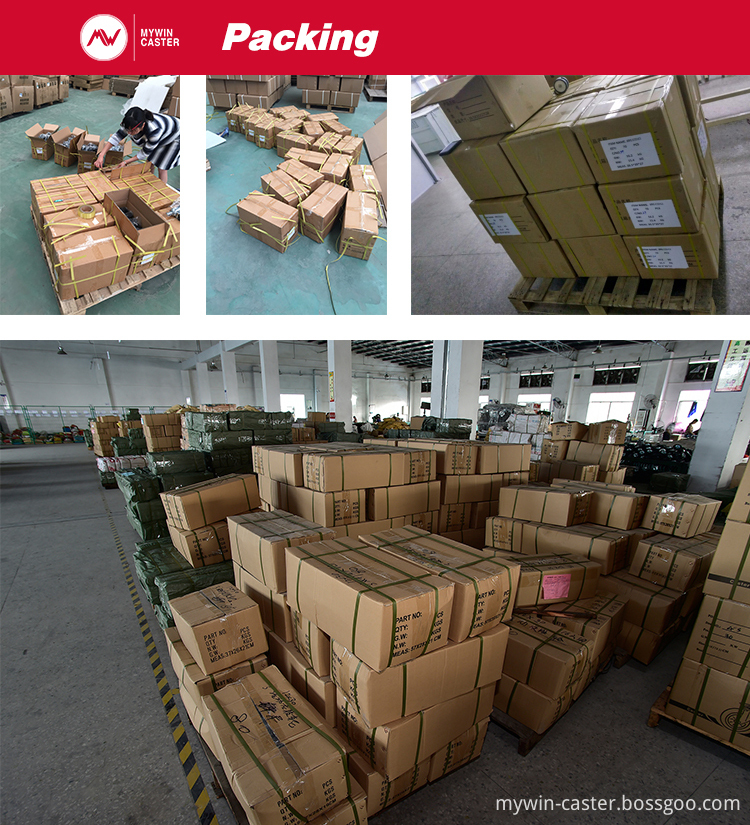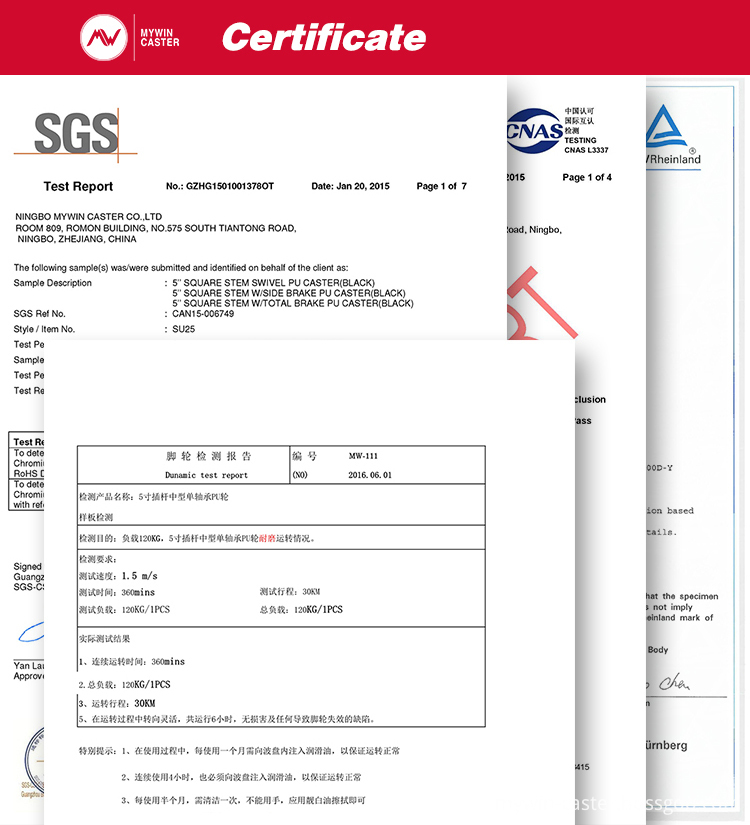The following are the classifications of common excavators:
Common excavators are driven by internal combustion engine driven excavators and electric drive excavators. Among them, electric excavators are mainly used in high altitude anoxic and underground mines and other inflammable and explosive places.
Excavators can be divided into crawler excavators and wheel excavators depending on the way they walk.
According to the different transmission methods, excavators can be divided into hydraulic excavators and mechanical excavators. Mechanical excavators are mainly used in some large mines.
According to the purpose, excavators can be divided into general excavators, mining excavators, marine excavators, special excavators and other categories. Excavators can be divided into front shovel excavators and backhoe excavators. Drag the shovel and grab the shovel. The shovel excavator is mostly used to excavate materials above the surface, and the backhoe is used to excavate materials below the surface.
Backhoe excavator
The backhoe type is the most common one we have ever seen, and it is backwards and forced to cut the soil. It can be used for excavation below the stop working surface. The basic operation modes include: trench end excavation, trench side excavation, straight line excavation, curve excavation, maintaining a certain angle excavation, ultra deep trench excavation and trench slope excavation. [2]
2. Shovel excavator
The shoveling action form of the front shovel. Its characteristics are "advanced upwards, forced cutting".
The shovel excavator has a large digging force and can excavate the soil above the stop surface. It should be used for excavating dry foundation pits with a height of more than 2m, but it is necessary to set up and down ramps. The bucket of the front shovel is larger than the bucket of the same type of backhoe excavator, and can excavate one to three types of soil with a water content of not more than 27%, and cooperate with the dump truck to complete the entire excavation and transportation operation, and can also excavate Large dry pits and mounds. The excavation method of the shovel excavator is based on the difference between the excavation route and the relative position of the transport vehicle. There are two ways to excavate and unload the soil: forward excavation, lateral unloading; forward excavation, reverse Unloading the soil.
3. Pulling shovel
The shovel excavator is also called the shovel excavator. Its excavation characteristics are: "backward,
Self-re-cutting soil. It should be used to excavate Class I and II soil below the stop surface. When working, use the inertial force to pull out the bucket and dig it far away. The radius of excavation and depth of excavation are larger, but not as good as The shovel is flexible and accurate, especially for excavating large and deep foundation pits or underwater excavation.
4. Shovel excavator
Grab excavators are also called grab excavators. Its excavation characteristics are: "straight up and down, self-respecting the soil."
It should be used for excavating I and II soils below the stop surface, and it is often used to excavate foundation pits, sinking wells, etc. in soft soil areas. It is especially suitable for digging deep and narrow foundation pits, dredging old channels and excavating silt in water, or loading loose materials such as gravel and slag. There are two types of excavation methods: trench side excavation and location excavation. If the grab is made into a grid shape, it can also be used for loading ore blocks, wood chips, wood, etc. in the storage yard.
Constructed of high strength steel for added durability, the Institutional Series is bound to meet any of your medium duty mobility needs. This casters series can be used in store fixtures, storage equipment, utility carts, institutional equipment, food service , material handling equipment and hospitality carts. Optional wheels, brakes, finishes and bearings are available. Top plate mount, threaded stem and hollow rivet fastenings are all stocked; grip ring and expandable stem mounts are also available by special order. Total lock brakes on swivels are standard. With a large variety of size, wheel, fastening, and brake options to choose from, you will be sure to find the perfect caster for your application.
Our products will be packaged in carton in order to ensure the safe of the cargoes.


Institutional Casters, Institutional Swivel Casters, Institutional Fixed Casters, Institutional Braked Caster
Ningbo Mywin Caster Co., Ltd. , http://www.mywin-caster.com